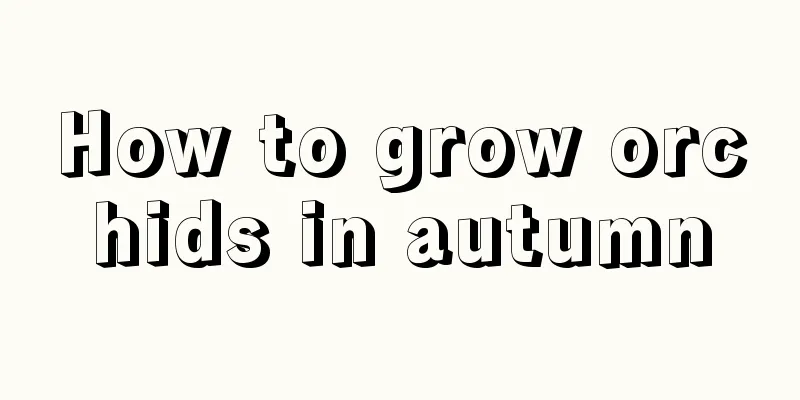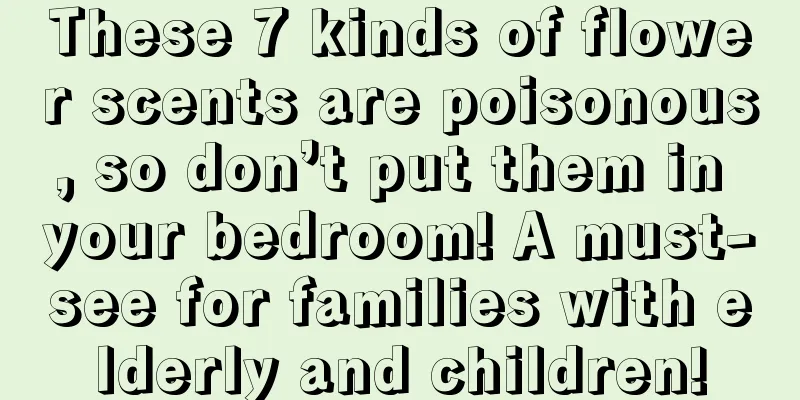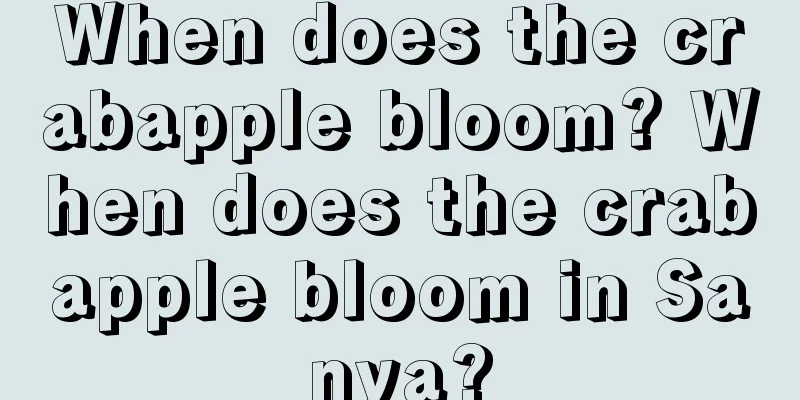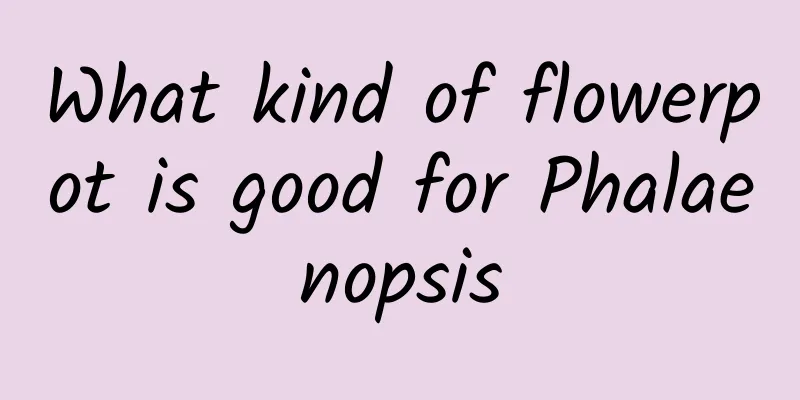How to grow potted chrysanthemums

soilThe best soil for chrysanthemums is slightly acidic sandy soil that is well-permeable, loose, fertile, and easy to fertilize. In most cases the soil is made of rotten plants: garden soil: river sand = 4:4:2. If possible, you can also disinfect the soil. MoistureThe water control of chrysanthemums is carried out according to the principle of "watering when dry and draining when flooded". Be sure to maintain adequate moisture before and after the buds are formed. You can also fertilize while watering. Another thing to pay attention to is the "balance of dryness and wetness", neither too wet nor too dry. Spray the leaves with water once every morning and evening. fertilizerIn the early stage of chrysanthemum growth, base fertilizer should be used, and additional fertilizer should be mainly nitrogen fertilizer, with a small amount of phosphorus, potassium fertilizer and trace element fertilizer. The purpose of doing this is to make the branches strong and the leaves fat. In the middle and late stages of growth, use phosphorus and potassium fertilizers mainly. If conditions permit, you can use fertilizers specifically for flowers. Fertilization is done by combining soil and foliar fertilization. After fertilization, water should be applied in time. If the chrysanthemum leaves are small, thin and yellow, you can spray more 0.1% urea solution. Position and lightingThe cultivation in pots needs to undergo some changes as the external environment changes. Chrysanthemums need about 12 hours of light a day, about 12 hours of darkness, and a night temperature of 10°C, which is suitable for germination and growth. pruneChrysanthemums planted in pots need to be pruned during their growth period as needed. In the early stages of growth, when the growth of branches is unstable, pinching and bud removal are performed to promote branch growth in order to better shape the flowers. CareAfter the chrysanthemum seedlings grow, there will be many tender shoots, which must be removed in time, otherwise it will affect the growth of the chrysanthemum. When small flower buds grow, you should choose to keep them according to your needs, and remove the unwanted ones as soon as possible. It can be handled later according to the situation. Pests and diseasesHigh air humidity, insufficient sunlight, poor ventilation, and large temperature differences between day and night are all causes of chrysanthemum disease. Therefore, reasonable control of these is the main means of preventing diseases. In addition, chemical agents are also one of the main means of prevention and control. |
<<: What is the flower language of Calla Lily?
>>: Cultivation methods and precautions of Calla Lily
Recommend
How to make the swallowtail palm grow fast and strong
1. Suitable soil If you want it to grow fast and ...
What to do if you water the osmanthus tree too much
The harm of excessive watering of osmanthus If th...
The most shade-tolerant indoor potted plants
1. Maidenhair fern The maidenhair fern is a shade...
Cultivation methods and precautions of sausage tree
Cultivation methods and precautions of sausage tr...
Just one branch can be planted in a pot and it will survive. It will produce big and sweet fruits next year!
Let me share it with you today. Many people think...
How long is the growth cycle of mung beans?
Introduction to Mung Bean Growth Mung bean is a l...
The symbolism and significance of Paphiopedilum's flower language
The flower language and symbolic meaning of Paphi...
Can yew be hydroponically cultivated?
1. Is it possible to grow hydroponically? The yew...
Why are the leaves of the green radish wilting?
1. No sunlight When caring for the green radish, ...
How to make Clivia leaves grow neat and beautiful (how to maintain the leaves upright and flat)
How to make the leaves of Clivia neat and beautif...
How to water Green Earth
Green Earth Watering Tips Green Globe, also known...
Rose and Bougainvillea...all you need is a plastic bottle, and big white roots will pop out, and the pot will be full of flowers in just one month!
Rose cuttings grown in plastic bottles will take ...
Peony cultivation methods and precautions
1. Soil The soil requirements for maintaining peo...
Why does aloe vera turn red?
1. Lack of water 1. Reason: Aloe vera likes a hum...
How to cultivate money string to make it flourish
Growing conditions of money tree Money tree likes...









